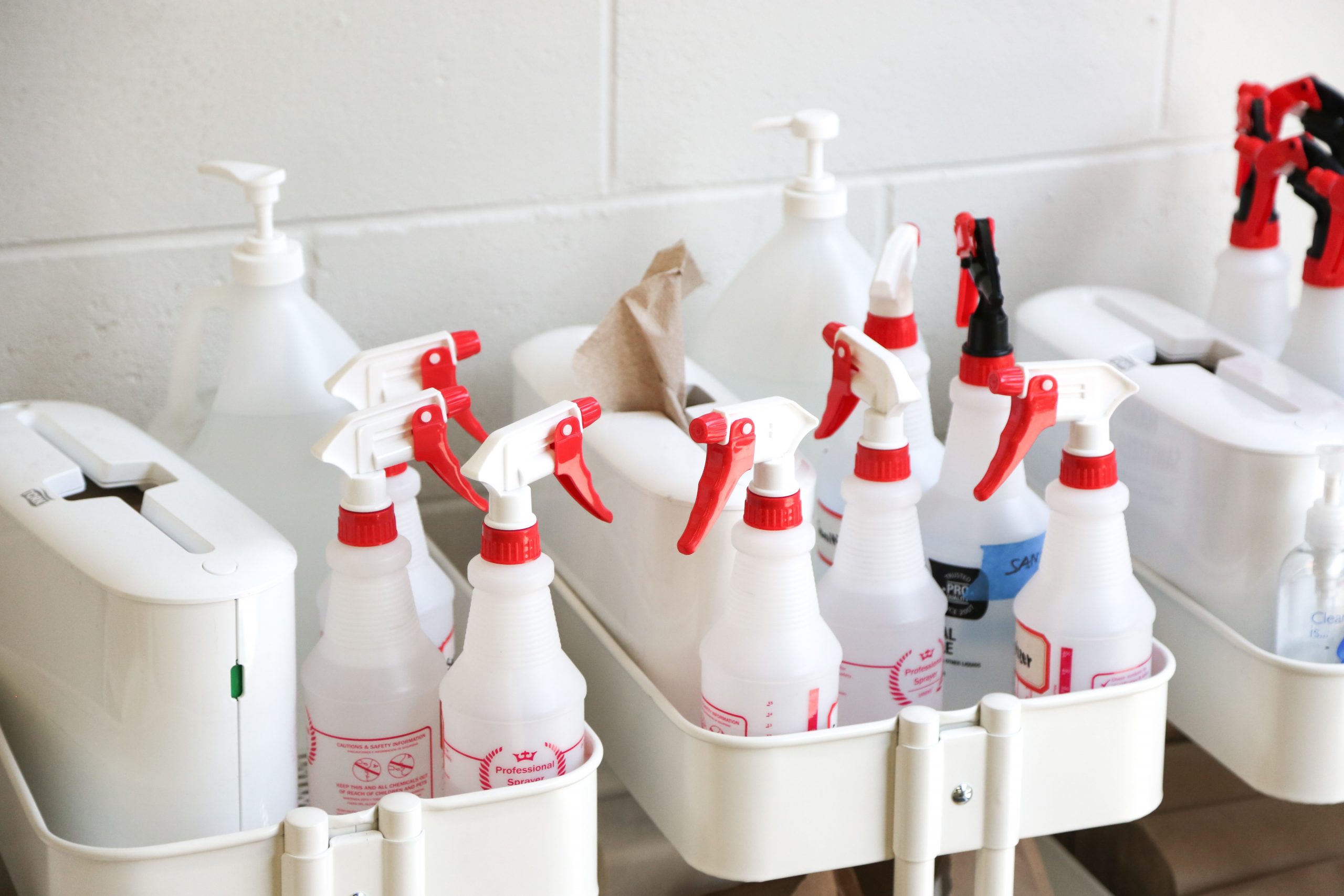Cleaning and sanitizing your homebrewing equipment is of critical importance. If anything can make or break a beer, it is the hygiene you apply when you brew. A clean brewing setup gives you the chance to make a clean and tasty beer. Unfortunately, here is where many starting brewers make mistakes. Here we will expand on how and why to clean and sanitize your brewing equipment.
Let’s first discuss what happens if cleaning or sanitizing your homebrewing equipment is below par. Without proper cleaning techniques, you can risk getting a beer infected with wild yeasts and bacteria. These microbes also love unfermented sugars, but unfortunately, they impart undesirable flavours onto your beer. Sour beers, a pungent smell that resembles rotten eggs, you can be sure that a severe infection ruins your beer. Low contamination levels may render your beer drinkable (it won’t make you sick), but at the same time, it takes away the clean and fresh finish so many appreciate in a brew.
A critical distinction to make when talking about beer hygiene is the difference between cleaning and sanitizing. Cleaning means removing dirt, particulates and grime from your equipment surfaces, whereas sanitizing describes eliminating microbes through chemical treatment.
A short guide to cleaning your homebrewing equipment
- Clean equipment directly after use.
- Do not use soaps. They carry fragrances and oils that can interact with your wort and give it unwanted qualities.
- Use chemicals designed to clean beer equipment and, equally important, are compatible with the material you are cleaning. Some substances are suited to clean stainless steel but may not combine well with plastics (buckets and hoses).
- Do not scratch your equipment. Microabbrasions themselves are ideal habitats for microbes. Whilst scrubbing your gear down with a hard brush may get rid of beer gunk, you could create surfaces that will be harder to clean next time around. You will appreciate that this is a vicious and costly cycle.
Sanitizing your homebrewing equipment
There are many products to help you sanitize, which we can broadly divide into two categories: rinse and no-rinse sanitizers. Diluted bleach, for example, is a popular and cheap choice but requires extensive rinsing. We would not recommend using diluted bleach to clean plastic surfaces.
There are great no-rinse sanitizers out there. Star San and ChemSan are two examples of contact killers. Both sanitizers are harmless and do not affect beer flavour or taste (as long as you drain off all excessive liquids). Iodophor is an iodine-based no-rinse sanitizer with broad-spectrum activity, acting fast on most microbes (but can stain plastics). All of these sanitizers (or chemically equivalent) products are available in most homebrew stores or online. Make sure to follow the manufacturers instructions at all times!
General rules of thumb to make your beer taste better
Now that we addressed a relatively common question – What can I use to sanitize brewing equipment?, it is worth spending a moment discussing how to decide when your equipment requires cleaning and sanitization. Here are a few basic rules that will help you decide on this:
- Make sure that all equipment and surfaces are clean.
- Any equipment you use BEFORE your boil does not need to be sterile (or sanitized).
- Any equipment you use DURING or AFTER fermentation needs to be spotless (clean) AND sanitized. The more you implement effective cleaning and sanitization practices, the better your beer will be.
To learn more about brewing beer that tastes better, please visit and read our articles in the Homebrewing 101 series. If you are interested in learning more about the science of brewing, visit our partners at The Beerologist.
